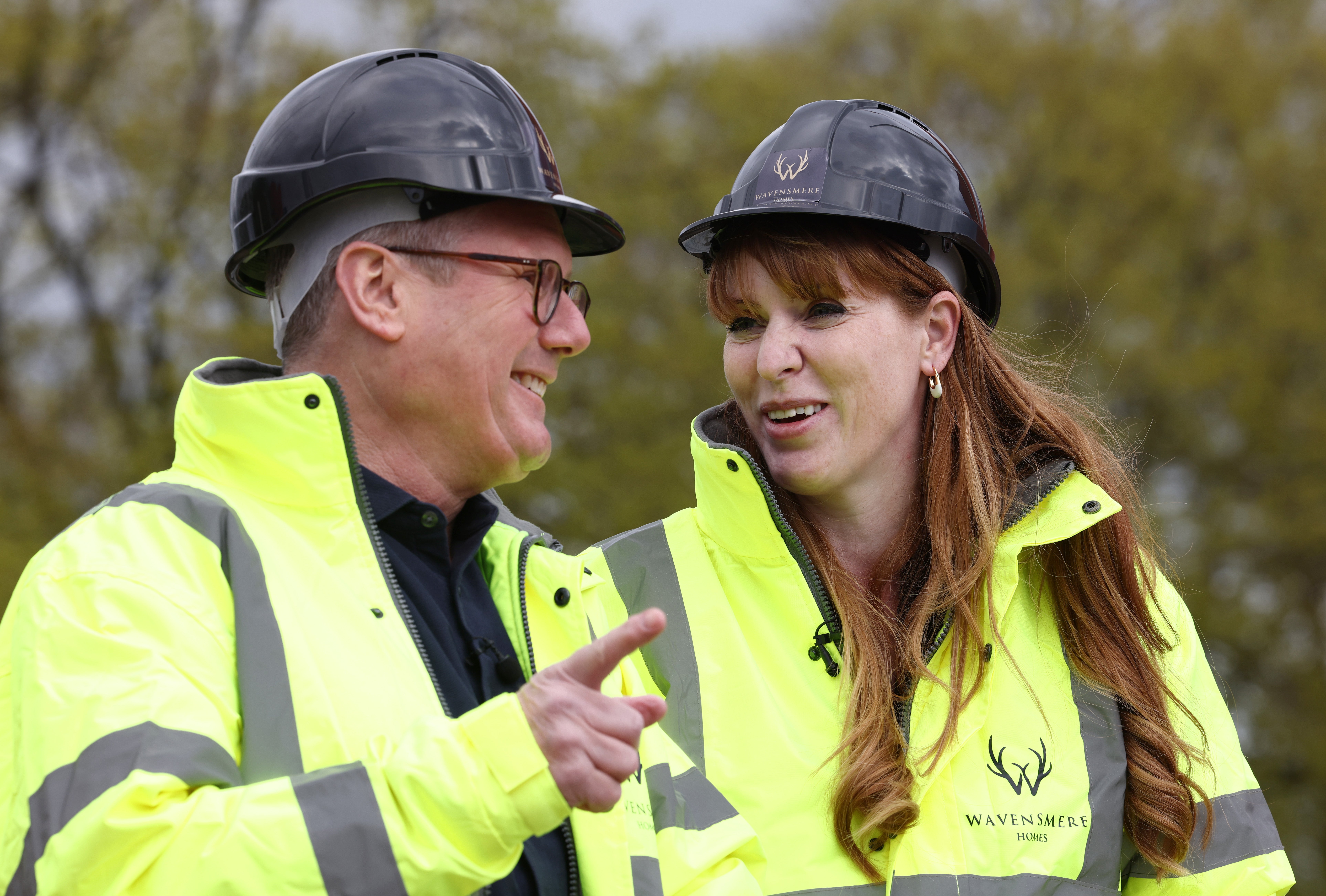Why Labour’s infrastructure plans may be building trouble
Can ministers overcome local resistance and get new projects built to boost economic growth? Sean O’Grady weighs their chances

What do Marks and Spencer’s flagship store on Oxford Street, London, a prison near Chorley in Lancashire and a £100m “bat tunnel” across the HS2 line in Buckinghamshire have in common? The answer is they are three of the more controversial projects that have attracted the attention of ministers in recent weeks and have become symbols – according to the government – of all that is wrong with the planning system.
But the government is pushing its ambitions to boost growth, with Sir Keir Starmer’s latest “milestone” being to free up 150 major infrastructure projects presently blocked by local objections. The politics of all this are fraught.
What’s happening with these projects?
Marks and Spencer’s art deco store on Oxford Street was built in 1929 and is a handsome enough building, though hardly unique. The retailer says it is unsuited to conversion into a modern store, including the facade. After years of struggle between the department store and ministers, Angela Rayner has “called in” the proposal and given a green light to demolition. In doing so, she has reversed the decision of her predecessor, Michael Gove, to save the building. Her hope is that it will help regenerate this part of central London and add to precious economic growth.

The new Lancashire prison is a typical green belt scheme: bitterly resented by residents, and representative of why hundreds of local authorities say the government’s ambitions cannot be met (without damage to amenity, farming and heritage).
The bat tunnel is frequently cited as an example of the excesses of the planning system, though it looks elegantly proportioned, and the Bechstein’s bats of Bucks absolutely love it.
What about housing?
Starmer may have been derided for some of his “milestone” interim targets in this week’s “plan for change”, but those targets on investment in homes and infrastructure are actually very demanding. The pledge to get 150 projects in transport, energy generation and supply moving is new and will certainly give the economy an immediate boost and yield a longer term dividend as well. Rayner has already increased the manifesto target of 1.5 million homes at 300,000 per year in this parliament to 370,000 per year. Local authorities are near-unanimous that this cannot be done.
Can it actually be done?
Only if the government grants itself enough powers and employs a lot more planners. Given its vast Commons majority, the forthcoming Planning and Infrastructure Bill will probably represent the biggest change in planning law since the Town and Country Planning Act of 1947. It will centralise more powers in the hands of ministers, weaken safeguards, impose local or regional planning targets and generally wind up every nimby in the country. So-called “grey belt” and green belt land will inevitably be lost, and some historic but dilapidated urban ex-industrial buildings too – plenty to upset voters.
If the government manages to properly staff local planning departments (300 more officers are needed) and streamline procedures, there’s a higher chance that houses, power stations and roads will get finished in time for the next election… visible monuments to the success of the Starmer administration. And not necessarily pleasing ones. The existing requirement for housing projects to be “beautiful” may well be scrapped, and the Office for Place, an aesthetic watchdog, with it. Not in the spirit of an older Labour civic tradition, as in the early New Towns, but there we are.
What are the risks?
Construction could get messy if projects are rushed and if, for example, large housing estates are constructed with inadequate infrastructure such as access roads, schools, bus services and so on. An even greater problem is pushback from councils and a potential backlash against Labour candidates in council elections. Added to the row over inheritance tax on farms, the government lays itself open to the charge that it doesn’t care for the countryside. Plans for a wave of New Towns are bound to be fiercely resisted; and somewhere a rural beauty spot will be drowned if the first new reservoir in 30 years ever gets built.
What’s next?
Ministers will formally respond to the consultation on the housing targets next week, and the proposed planning and infrastructure legislation will be published before Christmas. Then the rows will start.



Join our commenting forum
Join thought-provoking conversations, follow other Independent readers and see their replies
Comments